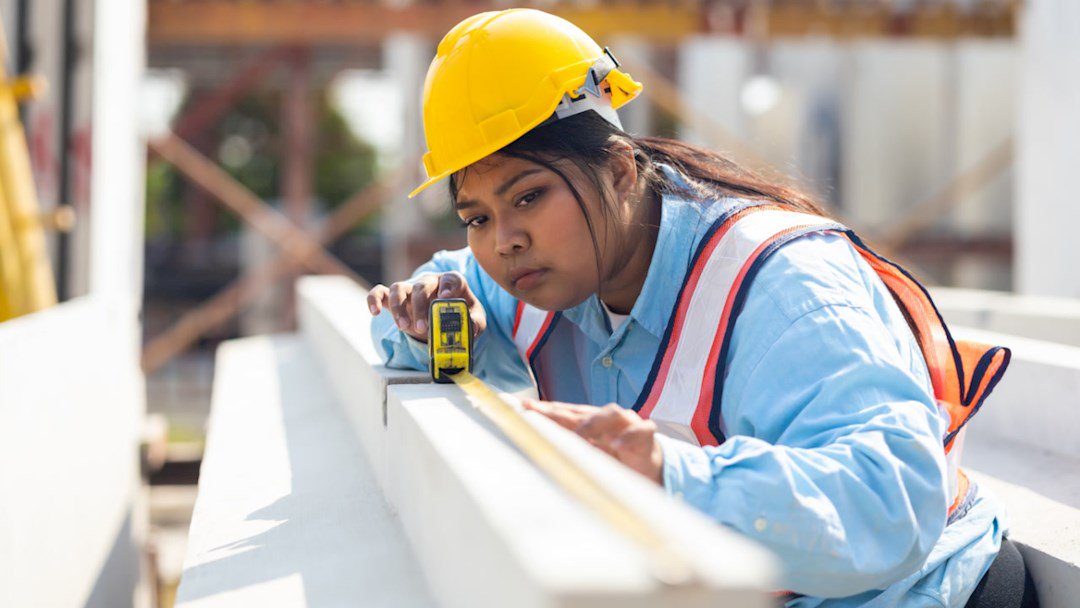
The construction industry is witnessing a significant shift with the increasing adoption of modular and prefabricated construction methods. These innovative approaches offer numerous benefits, including reduced construction time, cost savings, and improved quality control.
However, they also present unique safety challenges that require new strategies and solutions to ensure worker safety and project success.
Understanding Modular and Prefabricated Construction
Modular construction involves assembling building sections, or modules, in a factory setting before transporting them to the construction site for final assembly. Prefabricated construction refers to the process of manufacturing building components off-site and then assembling them on-site. Both methods aim to streamline construction processes and improve efficiency.
Safety Challenges in Modular and Prefabricated Construction
Off-Site Manufacturing Risks
While factory settings offer controlled environments, they also introduce specific safety risks. Workers may face hazards related to heavy machinery, repetitive tasks, and confined spaces. According to the National Institute for Occupational Safety and Health (NIOSH), ergonomic injuries and machinery-related accidents are common in manufacturing settings (NIOSH, 2021).
Transportation and Installation Hazards
Transporting large modules or prefabricated components to construction sites poses logistical challenges and safety risks. These risks include the potential for accidents during loading and unloading as well as risks associated with lifting and positioning heavy components on-site. The Occupational Safety and Health Administration (OSHA) emphasizes the importance of proper lifting techniques and equipment to mitigate these risks (OSHA, 2022).
Site-Specific Safety Concerns
Once modules or components arrive on-site, workers must navigate traditional construction hazards, such as working at heights and operating cranes. The integration of prefabricated elements requires precise coordination and communication among teams to ensure safe assembly.
Solutions for Enhancing Safety
Comprehensive Safety Training
Providing targeted safety training for workers involved in modular and prefabricated construction is essential. Training should cover specific risks associated with off-site manufacturing, transportation, and on-site assembly. The Modular Building Institute (MBI) advocates for comprehensive training programs that address these unique challenges (MBI, 2022).
Advanced Planning and Coordination
Effective planning and coordination are critical for ensuring safety in modular and prefabricated construction. These efforts include detailed logistics planning for transportation as well as clear communication and collaboration among all stakeholders involved in the project. Using building information modeling (BIM) to generate a detailed digital model of the finished structure can enhance coordination and reduce the likelihood of errors during assembly.
Using Technology and Automation
Leveraging technology and automation can improve safety outcomes in modular and prefabricated construction. Automated machinery and robotics can reduce the need for manual labor in hazardous tasks, while internet of things (IoT) devices can monitor environmental conditions and equipment performance to prevent accidents.
Implementing Safety Protocols and Standards
Establishing and enforcing safety protocols and standards specific to modular and prefabricated construction is crucial. These standards include guidelines for safe lifting, transportation, and assembly as well as regular safety audits and inspections to ensure compliance.
Conclusion
As the construction industry continues to embrace modular and prefabricated methods, addressing the associated safety challenges is paramount. By implementing comprehensive training and advanced planning and leveraging technology, construction companies can enhance safety and maximize the benefits of these innovative approaches. Adapting to change with a focus on safety will ensure the successful integration of modular and prefabricated construction into the industry's future.
Gallagher Bassett provides comprehensive end-to-end risk management solutions for the construction industry, supporting our clients from preconstruction through closeout with a focus on loss prevention, mitigation, remediation, and resolution. In collaboration withSafe T Professionals, the Gallagher Bassett Technical Services team delivers risk management solutions, including loss control, training, and site and claims resolution services. Our team of multidisciplined technical experts partners with clients to effectively minimize the impact and costs associated with construction-related risks, ensuring exceptional outcomes at every stage of the project life cycle.
Learn more about our partnered solutions for the Construction Industry.
Sources
National Institute for Occupational Safety and Health (NIOSH). (2024). "About Ergonomics and Work-Related Musculoskeletal Disorders.
Occupational Safety and Health Administration (OSHA). (2022). "Safety and Health Regulations for Construction."
Packard, Heather. "Modular Building Institute (MBI). (2025). "Training for MBI Members and Beyond."
Make Gallagher Bassett your dependable partner
When making the right decision at the right time is critical to minimize risk for your business, count on Gallagher Bassett's extensive experience and global network to deliver.

